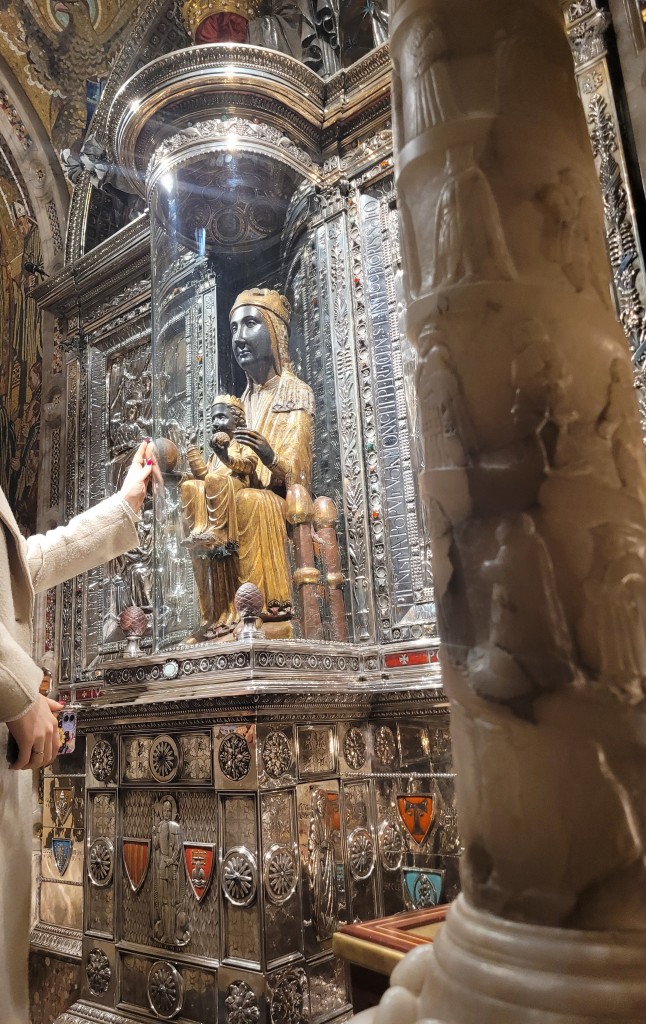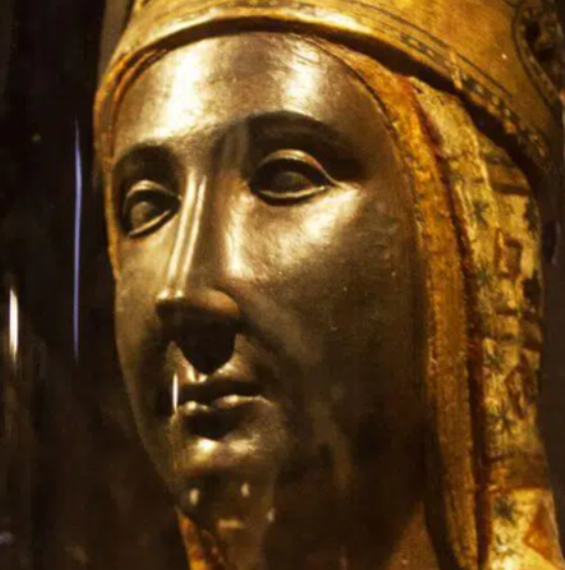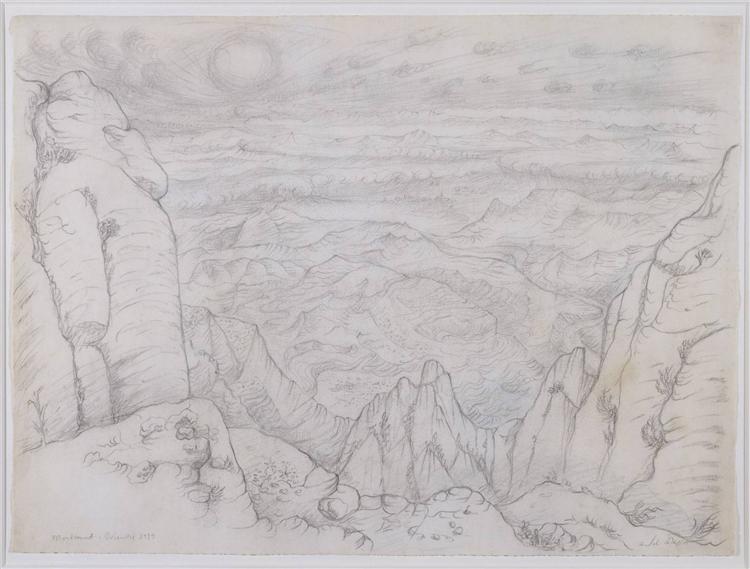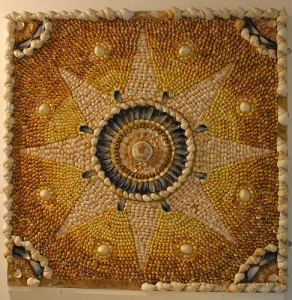Throughout the world, sacred sites intricately weave together historical facts and legendary tales, rendering the task of distinguishing between the two an impossible challenge. Located approximately fifty kilometers from Barcelona, the Montserrat Monastery derives its name from the mountain upon which it stands. The Catalan name, signifying “serrated mountain,” aptly describes the striking limestone rock formations found at Montserrat, emphasizing their remarkable appearance. The veneration of ancient mother goddesses often centered around mountainous landscapes, with Cybele, the Anatolian mother goddess, standing as a prominent example of this mountain-centric worship. Montserrat as well holds significance as an ancient site bearing remnants of age-old pagan worship practices. The Romans erected a Venus temple there. Today it is one of the most prominent Marian devotion sites in the world. It is overrun by two million tourists a year and although I visited it in the off-season, it was still overwhelmingly crowded.


Each pilgrim has a chance to come face to face with the holy image of the Black Madonna of Montserrat, granted they possess the patience to endure a lengthy queue. However, there’s a brief yet intimate moment when visitors can stand in close proximity to the statue, albeit behind glass. The globe held by the figure, however, remains exposed, inviting everyone to touch it.

According to the legend, around the 9th century, local shepherds spotted a bright light coming from a cave in the Montserrat mountains. There they found a statue of the Virgin Mary and Child. Upon attempting to move the statue to a nearby village, the statue mysteriously became incredibly heavy, which they interpreted as a sign that the statue was meant to stay where it was discovered. A local bishop, upon hearing this story, declared the area a sacred site and had a chapel built around the statue to honor the Virgin Mary. The Santa Cova (the holy cave) is also open to visitors.

La Moreneta (“the little black one”) is a Romanesque statue and is dated to the same time as the Black Madonnas of Einsiedeln, Chartres and Mont-St-Michel (1). But according to another legend, the statue was carved by St Luke in Jerusalem with Virgin Mary sitting as his model. (2) Ean Begg posits that Montserrat, alongside Glastonbury and Montsegur, ranks among the top three sanctuaries speculated as potential hiding places for the Holy Grail.

What particularly struck me when I finally stood at her throne, was her serene aura and her closed eyes. No photograph can come close to the experience. My thoughts drifted to the Sibyls telling prophecies in trance, the Buddha in tranquil samadhi, and the Gioconda with her inscrutable smile.
The whimsically shaped peaks that surround her monastery have been given striking names; there is the Mummy, the Elephant’s Trunk, the Dead Man’s Head, the Salamander, the Nun, to name just a few. Abundant in diverse flora and fauna, these mountains harbor numerous caves and shelter various hermitages, including Santa Magdalena, San Joan, and numerous others. Enduring sieges, plunderings, and even a great fire, both the sacred statue and the holy mountain that shelters it have stood for eternity. There is an inexplicable sense of solace and reassurance in being able to stand face to face with these two symbols of timelessness: the Magna Mater and her Holy Mountain.


Notes:
(1) Ian Begg, The Cult of the Black Virgin
(2) Annine van der Meer, The Black Madonna: From Primal to Final Times

Support my blog
If you appreciate my writing, consider donating, and make my day. Thank you very much in advance.
$1.00











